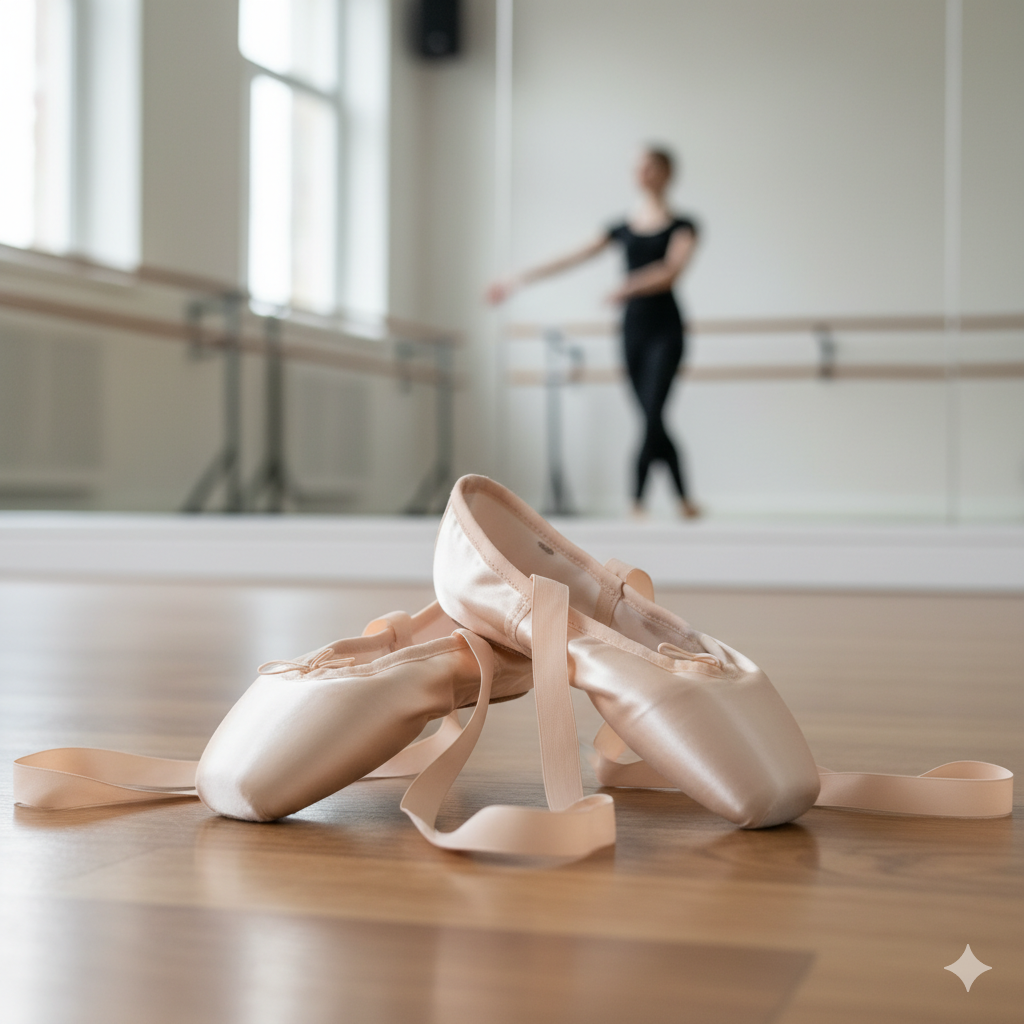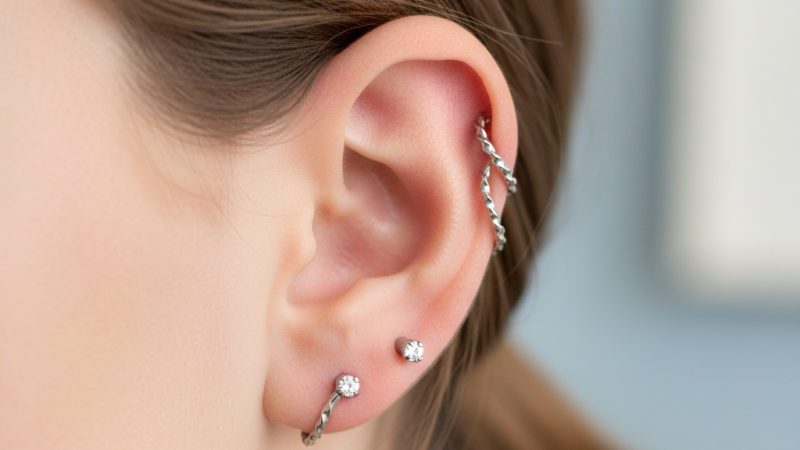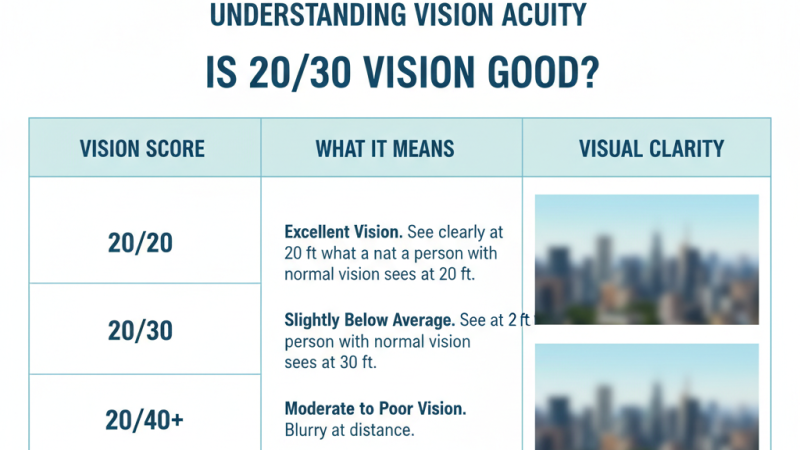Demi Pointe Shoes: A Comprehensive Guide to Their Evolution, Purpose, Technique, and Global Impact

Demi pointe shoes play a significant role in the world of classical ballet, standing as a bridge between soft ballet slippers and full pointe shoes. They support a dancer’s transition into more advanced technique, reduce injury risks, and help young performers develop the strength needed for demanding choreography. While they may appear simple at first glance, the story of demi pointe shoes extends deeply into cultural development, training methodologies, global dance policies, regional engagement with the arts, and women empowerment through structured artistic frameworks. Understanding their history, objectives, construction, and impact not only benefits dancers but also educators, institutions, and policymakers who view performing arts as a tool for social development.

This long-form guide explores every dimension of demi pointe shoes: their origins, their technical purpose, how different regions implement dance programs, the role of training initiatives in rural and urban areas, and how these shoes intersect with empowerment schemes, cultural preservation, and state-level arts policies. It is written for dancers, educators, cultural analysts, and anyone wishing to understand the depth behind this essential piece of dance equipment.
The Historical Evolution of Demi Pointe Shoes
The evolution of demi pointe shoes is intertwined with the broader history of ballet, which dates back to the courts of Renaissance Italy and France. As ballet developed into a codified art under the influence of choreographers such as Marius Petipa and institutions like the Paris Opera Ballet, the need for structured training shoes became evident. Before dancers were allowed onto full pointe, instructors realized that they required an intermediary step to build foot strength, balance, alignment, and muscle memory.
In the nineteenth century, pointe shoes were still evolving and were far less supportive than they are today. Dancers often trained barefoot or in soft leather slippers. The concept of a specialized pair of shoes designed for pre-pointe training emerged slowly as ballet academies formalized their syllabi. Demi pointe shoes were eventually designed to mimic the external rigidity of pointe shoes—such as the box and shape—while still preventing dancers from going fully onto the tips of their toes.
By the early twentieth century, prestigious schools such as the Royal Ballet School, Vaganova Academy, and later the Balanchine-influenced American schools adopted demi pointe shoes into their curricula. They became an essential component of safe and structured pre-pointe training, especially for younger dancers whose bones and growth plates required careful management.
Objectives and Purpose of Demi Pointe Shoes in Training
The primary purpose of demi pointe shoes is to strengthen a dancer’s technique in preparation for full pointe work. Although they resemble pointe shoes, they do not support weight on the tip of the toe. Instead, they provide resistance, help refine alignment, and engage stabilizing muscles that ordinary ballet slippers do not activate as intensely.
Building Foot and Ankle Strength
Demi pointe shoes strengthen the intrinsic muscles of the foot, the ankle stabilizers, and the calf muscles. This strength is essential for safely performing pointe work and developing precise control in relevés, jumps, and pirouettes.
Enhancing Posture and Core Stability
Wearing demi pointe shoes introduces a higher level of balance challenge. Dancers must engage their core, pelvis, and spine more consciously, improving posture and center alignment.
Gradual Conditioning for Pointe Shoes
Jumping directly into pointe work without proper conditioning increases the risk of stress fractures, tendon strain, and long-term joint damage. Demi pointe shoes act as an intermediary step that gradually increases pressure on the foot without exposing it to the full intensity of pointe technique.
Pedagogical Use in Formal Syllabi
Different ballet syllabi integrate demi pointe shoes at varying stages, usually between ages 10 and 14 depending on growth, strength, and training frequency. Teachers use them to teach concepts such as weight placement, articulation, turnout engagement, and correct use of the demi-pointe position.
Construction and Design: What Makes Demi Pointe Shoes Unique?
Though similar to pointe shoes in appearance, demi pointe shoes are structurally different. They contain a box, a platform, and a shank, but these elements are modified to avoid allowing the dancer to rise fully en pointe.
The Box
The box is softer than that of traditional pointe shoes. It provides shape but not enough support for full pointe work. This softness builds resistance and requires the dancer to work harder through the metatarsals and toes.
The Shank
In demi pointe shoes, the shank is typically harder than the one found in ballet slippers but softer or more flexible than that of pointe shoes. It helps train the arch while still ensuring safety.
The Sole
The sole is stronger than the sole of a soft ballet shoe and encourages proper roll-through during movements. This ensures the dancer does not collapse or grip their toes.
Fit and Sizing
Correct sizing is crucial. A poor fit can lead to blisters, bunions, and misalignment. Teachers often check fit regularly because students’ feet grow rapidly between ages 10 and 16, when demi pointe training is most common.
Implementation in Training Programs Around the World
The global incorporation of demi pointe shoes into ballet education varies based on regional emphasis, cultural traditions, and available infrastructure.
European Conservatory Standards
European institutions, particularly in Russia, France, and the UK, embed demi pointe training into their early classical ballet programs. The Vaganova method emphasizes strength development and delayed pointe introduction, making demi pointe shoes essential to their pedagogical philosophy.
American and Canadian Approaches
In North America, dance schools adopt a more flexible approach but generally require at least one year of demi pointe work before progressing to pointe shoes. Many academies use evaluation frameworks aligned with state arts standards and national dance associations.
Asian Growth in Ballet Academies
Countries such as China, Japan, and South Korea have seen massive growth in ballet participation. Demi pointe shoes are used extensively in state-supported arts programs, with some regions integrating them into youth scholarship schemes.
Role in Rural and Developing Regions
Even in rural or low-income regions, arts initiatives are increasingly recognizing the value of ballet for cultural growth and social engagement. Demi pointe shoes are often included in community dance programs that operate under broader rural development policies and social welfare initiatives. Though funding may be limited, partnerships with NGOs, cultural departments, and youth empowerment programs help provide training resources to talented students.
Regional and State-Level Impact of Ballet Programs Involving Demi Pointe Shoes
Cultural programs involving ballet and demi pointe shoes have expanded beyond entertainment and now contribute to regional development strategies. Government art councils, local cultural ministries, and private academies collaborate to make ballet accessible, elevating both personal development and community identity.
Women Empowerment Through Structured Dance Training
In many regions, ballet programs serve as empowerment platforms for young women. Demi pointe shoes represent a key tool in preparing dancers for advanced levels of technique, discipline, leadership, and expression. Training programs often align with broader women empowerment schemes that encourage participation in sports and arts, offering scholarships, safe learning environments, and long-term mentorship.
State-Wise Benefits and Local Policy Frameworks
Several countries implement region-specific arts policies that directly or indirectly support ballet education. These policies may include grants to schools, teacher training programs, facility development, or cultural outreach initiatives. Demi pointe shoes become part of these frameworks by enabling safe, structured progression toward advanced ballet skills.
Cultural Preservation and Modern Identity
In regions with strong performing arts traditions, ballet academies often coexist with indigenous dance forms, contributing to a diversified cultural ecosystem. Programs involving demi pointe shoes help maintain a global artistic standard while enabling students to merge classical training with local artistic identity.
Success Stories: How Demi Pointe Training Transforms Dancers and Communities
Ballet Academies in Urban Centers
Major metropolitan areas often host elite ballet institutions. Many successful ballerinas testify that demi pointe shoes helped them achieve the strength and precision needed for international careers. These academies frequently run outreach programs, bringing ballet to public schools and underserved communities.
Community Arts Initiatives
In rural areas, introducing ballet through cultural development programs has produced inspiring success stories. Students who begin training with basic equipment, including demi pointe shoes, often go on to receive scholarships for higher education in the arts.
Rehabilitation and Therapy Programs
Some rehabilitation centers use ballet-based physical therapy for posture correction, muscle strengthening, and emotional wellness. Demi pointe shoes play a supportive role in structured movement therapy for teenagers recovering from injuries or trauma.
Challenges: Safety, Accessibility, and Training Limitations
Despite their benefits, there are challenges associated with demi pointe shoes.
Misuse or Premature Use
Allowing dancers to progress too early into demi pointe shoes can lead to improper technique. Teachers must evaluate readiness based on strength, age, flexibility, and injury history.
Cost and Accessibility
High-quality demi pointe shoes can be expensive. In regions where arts funding is limited, students from low-income households may struggle to obtain them. Some community programs mitigate this through sponsorships or recycling initiatives.
Variations in Training Standards
Not all dance schools follow standardized teaching methods. In schools lacking qualified instructors, demi pointe training may be inconsistent, increasing the risk of injury.
Cultural Misalignment
In some regions, Western classical dance forms may be perceived as elitist or non-essential, which affects program funding. Integrating ballet into broader cultural development schemes helps overcome this challenge.
Comparison: Demi Pointe Shoes vs Pointe Shoes vs Ballet Slippers
Understanding differences between various types of ballet footwear is essential.
Ballet Slippers
Soft ballet slippers are lightweight and flexible. They allow maximum mobility but do not provide resistance or structure. They are ideal for foundational training, but insufficient for preparing dancers for pointe.
Demi Pointe Shoes
Demi pointe shoes mimic pointe shoes but lack the structural capacity for full pointe work. They form the bridge between slippers and pointe shoes, allowing dancers to learn controlled roll-through, strengthen their arches, and refine alignment.
Pointe Shoes
Pointe shoes allow dancers to rise onto the tips of their toes. They contain a stiff box, strong shank, and platform. They require extensive training and significant strength, which demi pointe shoes help develop.
Future Prospects: Innovation, Training, and Global Expansion
As ballet continues to expand globally, the role of demi pointe shoes will evolve. Several emerging trends shape their future.
Technological Advancements
Footwear brands are experimenting with biodegradable materials, adjustable shanks, and ergonomic designs that minimize injury. These innovations will redefine demi pointe shoes, enhancing safety and sustainability.
Expanded Rural Access
Increasing arts funding, social welfare initiatives, and NGO partnerships will improve access to ballet resources in rural areas. This expansion allows more young dancers—particularly girls—to benefit from structured training.
Standardized Policy Frameworks
Countries are drafting long-term policies that integrate performing arts education into mainstream schooling. Demi pointe shoes will continue to play a large role in these training frameworks.
Growing Demand for Cultural Fusion Performances
Choreographers increasingly merge classical ballet with contemporary, folk, and regional dance forms. Demi pointe training strengthens foundational technique, enabling dancers to explore diverse artistic expressions.
Conclusion
Demi pointe shoes are far more than transitional ballet footwear; they are instruments of discipline, artistic development, regional cultural growth, and empowerment. Their history reflects the evolution of ballet as an elite court performance into a global art form. Their implementation within training programs fosters safety, strength, and technique. Their presence in regional and social development initiatives highlights the transformative power of the arts. And as innovations advance, these shoes will continue shaping the future of dance education worldwide.
With proper training, structured pedagogy, and supportive cultural frameworks, demi pointe shoes open pathways to mastery, confidence, and artistic excellence for dancers across the globe.
FAQs About Demi Pointe Shoes
1. What are demi pointe shoes used for?
They are used to strengthen a dancer’s feet, ankles, and alignment before transitioning to pointe shoes.
2. At what age can dancers start using them?
Most dancers begin between ages 10 and 14, depending on strength, maturity, and instructor evaluation.
3. Can you go en pointe in demi pointe shoes?
No, they are not designed for full pointe work and lack the structural support needed to stand on the toes.
4. How long do demi pointe shoes last?
Longevity depends on training frequency, foot strength, and brand quality, but they generally last several months.
5. Do all ballet schools require demi pointe training?
Most reputable schools do, but the exact duration varies depending on the syllabus and teaching method.
6. Are demi pointe shoes necessary for adults learning ballet?
Adult beginners may or may not require them, depending on their goals and the instructor’s evaluation.
7. How should demi pointe shoes fit?
They should fit snugly without causing pain, allowing the toes to lie flat and the heel to remain secure during movement.






